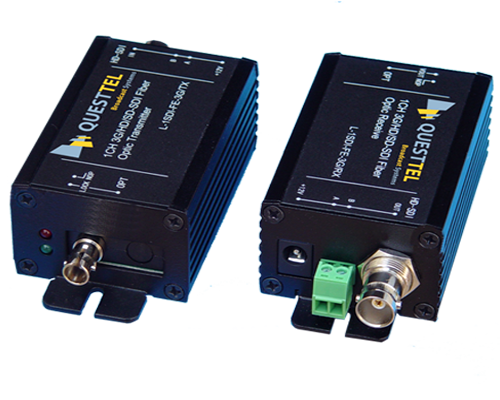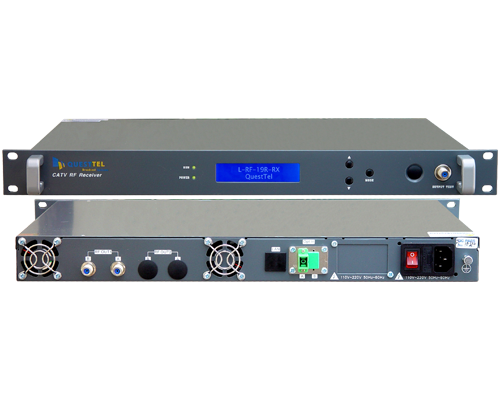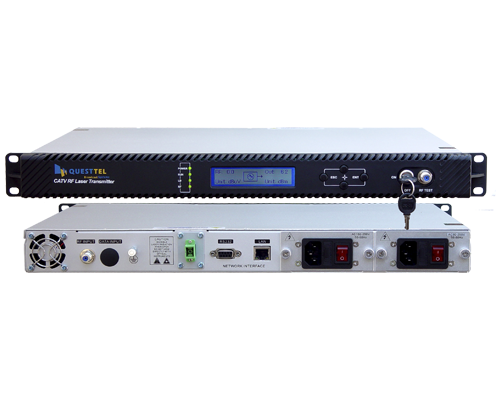Route Planning for Optical fiber cable laying
It is recommended that a survey of the cable route should be conducted. Manholes and ducts should be inspected to determine the optimum splice point locations and duct assignments. Potential problems with inner duct and cable placement should be identified at this time.
Manholes in which cable will be spliced should be inspected and plans made for closure and cable slack racking. Accessibility of manholes to splicing vehicles should be considered.
Fibre optic cable must be protected in intermediate manholes. Racking space should be carefully chosen so that it will provide maximum bend radius.
Based upon the cable route survey and the equipment/manpower resources available, a cable pull plan should be developed. Reel and winch location should be inspected for suitability and plans should be made for installation techniques such as back feeding or use of intermediate assist winches.
Factors to consider in developing the full plan include changes in elevation and locations of bends and offsets. For ease of installation, cable should be pulled from higher elevation manholes to lower ones whenever possible.
Bends describe pronounced turns in the routing of a duct system. Offsets in a duct system are more gradual variations from the ideal straight path of a duct section. Offsets can substantially increase the pulling tension.
When placing fibre optic cable in duct, the fill ratio of the duct should not exceed 50%.
Following are the pre installation consideration:
1. Inspect Right of way
- Verify Duct/ location
- Note obstacles and accessibility
.
2. Verify splice point locations
- Accessibility
- Slack storage
3. Accomplish pre-installation construction
- Duct
- Inner duct
- Conduit/ pull Box.
4. Plan the installation
- Cable reel set up
- Winch set up
- Pull direction
QuestTel shall have no liability for any error or damage of any kind resulting from the use of this document.



